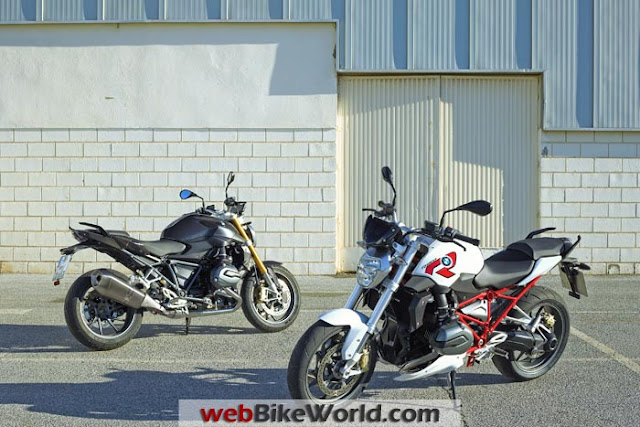Version of the Multistrada 1200 S upgrade equip new Testastretta engine DVT and power suspension, LED headlights and connect smartphones.
Launched in 2010, Multistrada 1200 to create more options for multi-terrain vehicle enthusiasts. The new version equipped with a measurement system inertia allows antilock brake control increases when the brakes in the corners to prevent wheel lock or slip.
Both the standard version Multistrada and Multistrada 1200 premium edition S are equipped with automatic gas control (Cruise Control). 1200 S Premium version differs from LED headlamps allow expansion angle when cornering vehicle, electronically controlled damping control impulsive force against the head, or TFT with bluetooth connectivity with smartphones, providing all applications are installed through.
Ducati Multistrada engine Testastretta L-Twin liquid cooled DVT, capacity 1,198 cc cylinder capacity of 160 horsepower. DVT first engine equipped with variable valve timing system over time to operate independently on the exhaust and inlet valves. 6-speed gearbox, fuel tank capacity of 20 liters.
Vehicles originating from Thailand, with seat height from 825 to 845 changes mm, suitable for Asian physique.
Launched in 2010, Multistrada 1200 to create more options for multi-terrain vehicle enthusiasts. The new version equipped with a measurement system inertia allows antilock brake control increases when the brakes in the corners to prevent wheel lock or slip.
Both the standard version Multistrada and Multistrada 1200 premium edition S are equipped with automatic gas control (Cruise Control). 1200 S Premium version differs from LED headlamps allow expansion angle when cornering vehicle, electronically controlled damping control impulsive force against the head, or TFT with bluetooth connectivity with smartphones, providing all applications are installed through.
Ducati Multistrada engine Testastretta L-Twin liquid cooled DVT, capacity 1,198 cc cylinder capacity of 160 horsepower. DVT first engine equipped with variable valve timing system over time to operate independently on the exhaust and inlet valves. 6-speed gearbox, fuel tank capacity of 20 liters.
Vehicles originating from Thailand, with seat height from 825 to 845 changes mm, suitable for Asian physique.






































